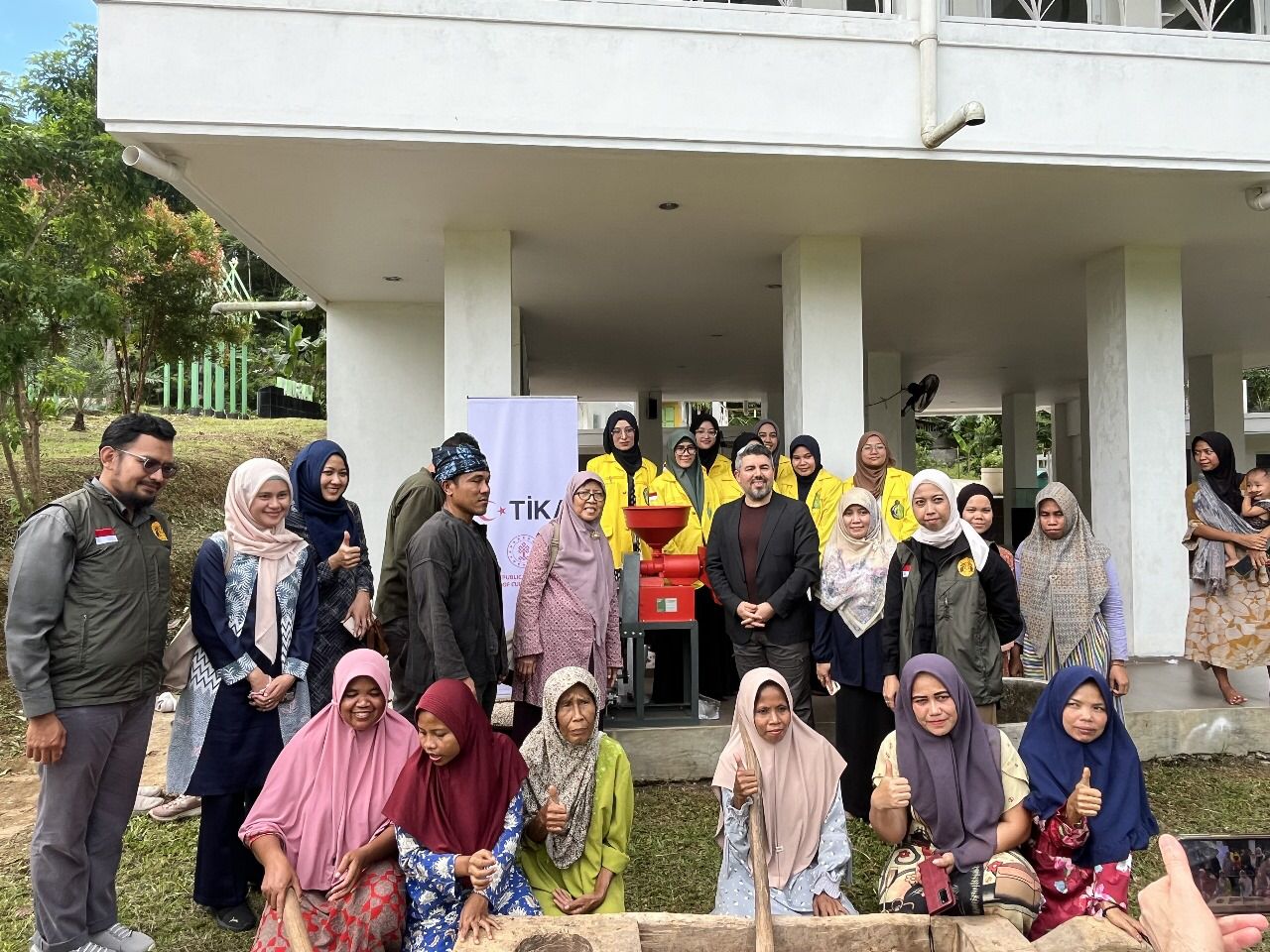Universitas Indonesia (UI) is a smoke-free area, and this has been stated in the Rector’s Decree No. 1805/SK/R/UI/2011. Various efforts have been initiated by UI to maintain this 320-hectare green campus so that it becomes a healthy and non-pollutant area. One of them is socialization with the Directorate of Prevention and Control of Non-Communicable Diseases (P2PTM) of the Ministry of Health (Kemenkes) of the Republic of Indonesia (RI) through the Strengthening of the Implementation of Smoke-Free Areas (KTR) and the Development of Smoking Cessation Efforts (UBM).
UBM activities are aimed at controlling cigarette consumption and overcoming nicotine withdrawal symptoms. UBM focuses on providing screening, education, counseling, and referral services. This program includes intensive counseling every two weeks for three months, which aims to increase the success of individuals in quitting smoking.
The event, which took place for two days (November 13-14, 2024) at the UI Depok Campus, included the provision of KTR material and UBM strategies, as well as smoking behavior screening activities. UBM socialization was carried out through smoking behavior screening involving around 150 UI students aged 18-22 years, using a CO2 Analyzer to measure the concentration of carbon dioxide in the breath. This is useful for detecting the level of exposure to cigarette smoke. Measurement results with a CO2 value above 7 are a warning indicator that someone has been significantly exposed to cigarette smoke.
When opening the event, the University Secretary of UI, dr. Agustin Kusumayati, M.Sc., Ph.D., said that UI had achieved the Five Star Plus predicate on the Health University Rankings System (HURS) from the ASEAN University Network-Health Promotion Network (AUN-HPN). In addition, “Strong collaboration between educational institutions and the health sector, both through competent health workers and those who provide healthy campus program initiatives, is an ongoing effort to continue to improve ourselves in order to improve health programs in the future,” said dr. Agustin.
Since 2011, UI has established a KTR policy throughout the campus area. The no-smoking policy applies to all UI residents, namely students, lecturers, education staff, and visiting guests. This step is in line with UI’s efforts to support government policies in terms of tobacco control and prevention of diseases caused by smoking.
Head of the Ministry of Health’s Tobacco Disease Control Working Team, dr. Benget Saragih, M.Epid, highlighted the lack of public awareness of smoking behavior. Ironically, many heads of families prioritize spending on cigarettes over basic needs such as protein and rice. This has a direct impact on children’s nutritional conditions, which risks worsening the problem of stunting due to inadequate nutritional intake.
Another issue is that students are allowed to buy cigarettes without showing their identity containing birth information (age). “Children are often exposed to cigarette smoke, even though there are special smoking areas, such as in public facilities or outside the home. This condition causes children to remain vulnerable to exposure to cigarette smoke from adult smokers, which has a negative impact on their health, especially in an environment that should be safe,” said dr. Benget.
Lecturer of the UI Faculty of Public Health who is also a special staff of the UI healthy campus, Prof. Dr. Robiana Modjo, S.K.M., M.Kes., said that this screening is not only intended for active smokers, but also for passive smokers or those who are only exposed to cigarette smoke. From the results of measuring two samples of CO2 levels, participants were found with levels reaching 6, even though they did not smoke. Meanwhile, one other participant who smoked, CO2 levels only reached 4. This shows that passive smokers can also be exposed to cigarette smoke from their environment.
“This activity aims to provide a more accurate picture of smoking behavior among UI academics and to support prevention and early intervention efforts to support one of the HURS parameters through the smoke-free area program,” said Prof. Robiana. She also said that the results of the measurements in this screening activity will be followed up to provide the right program for smoker participants who have high CO2 levels.



